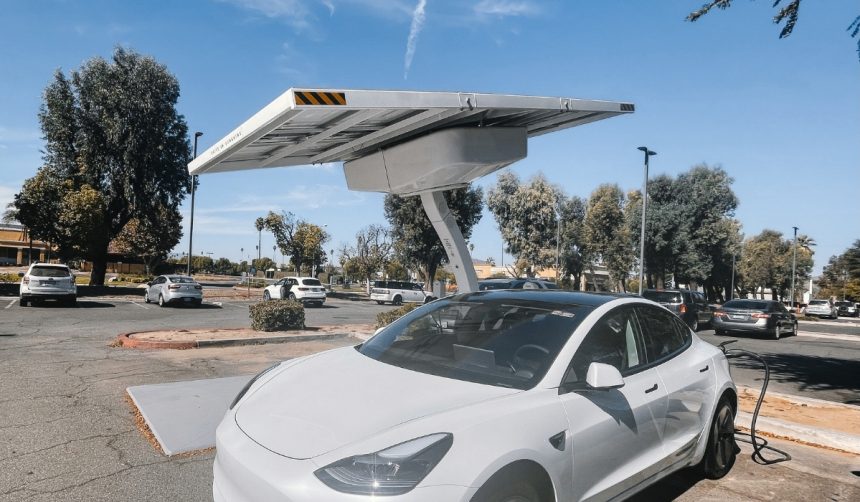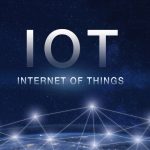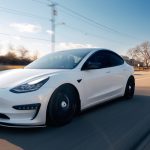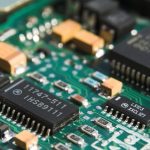Travelers at major airports in California’s Bay Area may soon have a new transportation option, as Tesla sets its sights on providing Robotaxi ride-hailing services at San Francisco International, San Jose Mineta International, and Oakland International Airports. Tesla is engaging directly with airport authorities to obtain required approvals, marking a significant step in its efforts to integrate autonomous vehicles into high-traffic travel hubs. This move could establish Tesla as a visible competitor in a growing sector where other brands, such as Waymo, have made previous advances. Regulations and operational questions remain, yet Tesla’s plans highlight its commitment to capturing a share of the airport ride-hailing market. If successful, the service would impact both passengers and rival providers who have operated for years in these areas.
Similar announcements involving autonomous vehicle services at Bay Area airports have surfaced before, but Tesla’s direct engagement with regulators and multiple airports marks a notable shift in strategy. Waymo, which previously concentrated on limited, permit-based rollouts, faced extensive negotiations and labor scrutiny before gaining airport access. Unlike competitors, Tesla’s existing app-based platform and public messaging appear to speed up its approach, yet the requirement to keep safety drivers in vehicles mirrors ongoing regulatory caution throughout the industry. Past efforts by other companies often stretched months to years; Tesla’s timeline promises a more aggressive expansion, though it still faces regulatory protocols and industry-wide operational concerns.
Why Are Bay Area Airports the Focus?
Tesla’s interest in San Francisco International, San Jose Mineta International, and Oakland International underscores the strategic value of serving airports that experience substantial daily passenger volumes. By targeting these transportation hubs, Tesla aims to reach a diverse set of users, from business travelers to tourists, potentially increasing adoption rates for its Robotaxi service. The company has communicated its intentions directly to California regulators, signaling that airport ride-hailing represents a core component of its broader market expansion.
How Are Regulators Responding to Tesla’s Plans?
In response to Tesla’s inquiries, the California Public Utilities Commission and airport authorities have acknowledged the company’s engagement and clarified that permits are not yet approved. The regulatory agencies continue to evaluate safety and compliance requirements as autonomous ride-hailing expands into sensitive environments like airports.
“CPUC staff are aware of Tesla’s recently expanded Bay Area charter-party carrier service and associated app,”
said spokesperson Terrie Prosper.
“As for any charter-party carrier regulated by the CPUC, staff engages to exchange information, promote safety, and monitor compliance with applicable rules and regulations.”
These statements highlight regulators’ focus on public safety and transparent communication.
Will Passengers Experience Fully Driverless Rides Soon?
Although the Robotaxi app is now available to more users, Tesla’s vehicles currently continue operating with safety drivers behind the wheel. Chief executive Elon Musk has indicated that the company intends for the service to become fully autonomous by year’s end, although this target remains contingent on regulatory progress and technical validation. Online videos have shown the operational Robotaxi fleet with safety drivers, illustrating the transitional phase of the offering.
For travelers and frequent airport users, the potential arrival of Tesla Robotaxi services could mean greater flexibility and more options for ground transportation. Additionally, competitors like Waymo have established similar services only after intensive negotiations and phased testing, reflecting common regulatory hurdles. Readers should be aware that, despite media coverage predicting rapid rollout, the process involves multi-stage approval and compliance checks, especially in sensitive areas such as airport property. Until full certification and operational freedom are granted, Tesla will likely continue with a cautious, incremental approach. The introduction of autonomous transport in airports, where safety, scalability, and reliability are paramount, may affect the timeline and user experience in significant ways. Evaluating ongoing regulatory actions, technology performance in mixed-traffic environments, and passenger feedback will all contribute to the service’s ultimate success.










